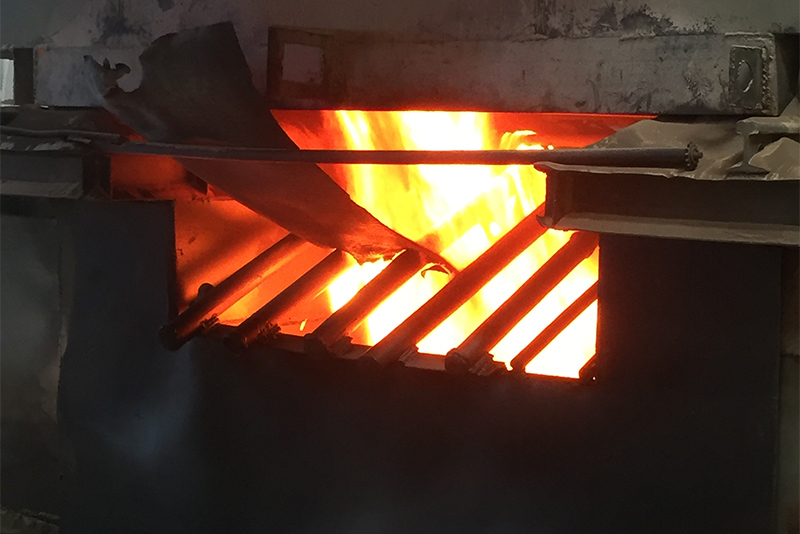Understanding Sand Casting A Fundamental Manufacturing Process
Sand casting, a timeless method of metal casting, is one of the oldest and most versatile manufacturing processes used in industries today. It involves creating a mold from sand and then pouring molten metal into that mold to produce a desired shape. This process is not only cost-effective but also allows for the production of complex geometries, making it a popular choice for a variety of applications.
Understanding Sand Casting A Fundamental Manufacturing Process
Once the mold is prepared, it is essential to create a gating system, which allows the molten metal to flow into the mold cavity. This system can also include vents to release gases that may be produced during the pouring process. After the gating system is established, the mold is ready for the introduction of molten metal, which is meticulously poured into the cavity to avoid defects like air pockets or turbulence.
sand casting definition

After the metal has cooled and solidified, the next phase is shakeout, where the sand mold is broken away to reveal the cast object. This stage often involves some cleaning, trimming, and finishing processes to ensure that the final product meets the required specifications. Depending on the application, additional machining might be necessary to achieve tighter tolerances or specific surface finishes.
Sand casting is widely used in various industries, including automotive, aerospace, and art, due to its flexibility and adaptability. It can accommodate a range of materials such as aluminum, iron, and bronze, making it suitable for producing everything from intricate sculptures to intricate engine components. Moreover, the sand used in this process can be recycled, further enhancing the sustainability of sand casting as a manufacturing option.
In conclusion, sand casting is a crucial manufacturing process that blends tradition with modern techniques. Its ability to produce complex shapes and accommodate various materials makes it indispensable in today's production landscape. Understanding its principles and applications can lead to innovative advancements in manufacturing, contributing to a more efficient and versatile industrial future.
Post time:Říj . 08, 2024 04:58
Next:otwarty odlew piaskowy
